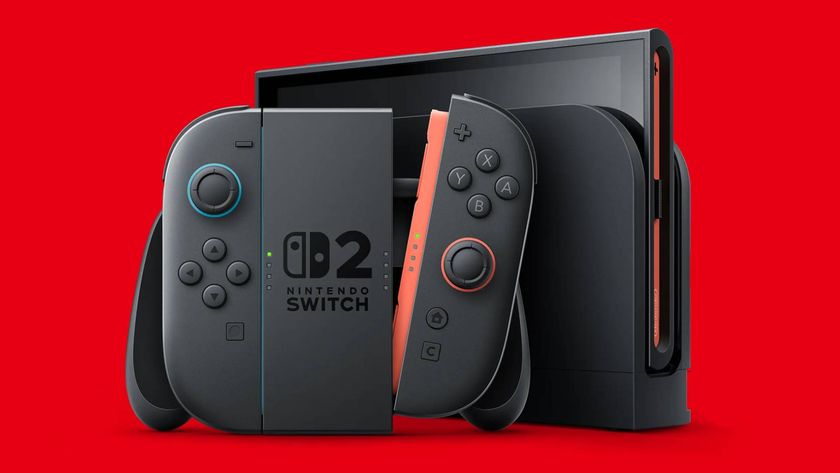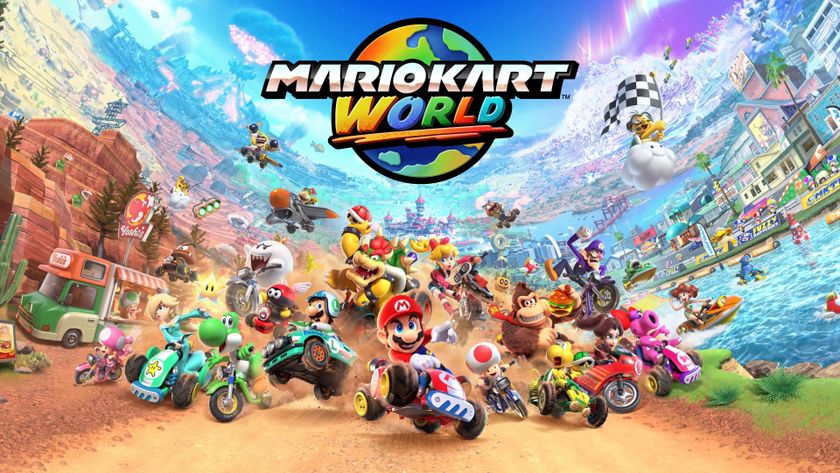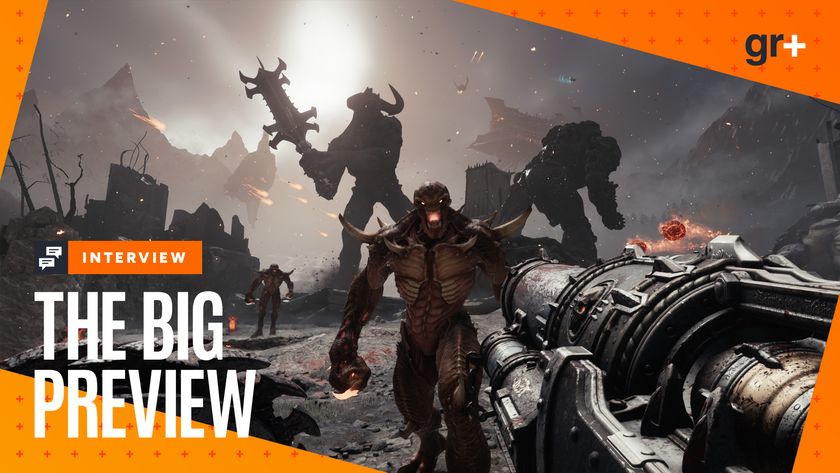Here's how you make the perfect Destiny gun (in real life)
Yeah, you’ve seen prop weapons. Carefully painted Nerf pistols, remodelled BB rifles, stuff improbably made from wood and paint.
Then there's this.

Yes, that is a perfect recreation of Destiny’s Sleeper Simulant right down to the cable ties (and I’m holding it at MCM London where I found it if you’re interested). It’s the work of designer Kirby Downey and 3D printing company My Mini Factory who I later chased up to find out more.
Kirby’s a 3D designer by trade unsurprisingly, working movie and game props, although by his own admission he’s been most successful with Destiny - creating Thorn and Thunderlord among others.

And, just to give you an idea of how this sort of thing gets put together, here's a GIF showing how the 1.35m. 2.5kg Thunderlord fitted together.

While Sleeper Simulant isn’t the biggest thing Kirby’s made, it is the most complex thanks to the multiple details and small parts. It’s odd design was part of what attracted him to the challenge after it was first revealed. Originally he’d planned to have it finished before it appeared in the game but the complexity of the build meant he missed that deadline by an infuriating two days.
Unfortunately, as Kirby explains, manufacturing took a while because “the detail is very intricate and the angles don’t [work] well with modern Desktop 3D printers”. It also took time to research, especially considering he only had a 30 second video to use as reference to begin with. You can see the full process of how he reconstructed the shape in the gallery. It’s a process that started with a basic outline, with Kirby slowly building up the detail to reach the fidelity of the final product. “It’s not difficult, just time consuming,” explains Kirby, “and you have to pay attention to every detail.”
Sign up to the 12DOVE Newsletter
Weekly digests, tales from the communities you love, and more


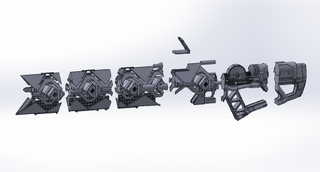
Once the 3D model’s done it’s then ‘simply’ a case of printing it, assembling the bits and painting it.

The main task for the paint job is to give the plastic the look of other materials. “To get the final metal look it was sprayed black then dry brushed with a silver and black mix of acrylic paint,” says Kirby. (Dry brushing uses a brush with a tiny amount of near-dry paint so that it only sticks to raised surfaces and ridges, producing a metal-like finish.)
That just left the extra details like the yellow cables and some apparently controversial cable ties. “The most common comment I got was about the zip ties,” admits Kirby. “Only when people look closely do they realise they exist on the game model”. Even the magazine slides in and out, something Kirby’s a big fan of doing. “The props I create are not static props. I try recreating the mechanics that exist in the game. So if it a reloading mechanism or a sliding movement I will recreate it.” It’s something he says “brings the props to life” just in case looking exactly like the in-game item wasn’t enough.

And this piece of gaming art didn’t end up sitting in a show case either. “This project turned into a collaboration with [Destiny] YouTuber My Name Is Byf,” says Kirby. “He used it for a giveaway with his fans. Why keep this beautiful object to ourselves? Doing a giveaway allows my work to be seen by a lot more fans.”
Start with reference images

Outline it to get the basic shape

Use outline as base template

Continue adding the details
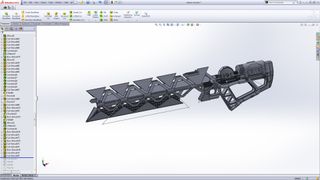
Here is the completed model

Cut the model up to fit in the print beds

The final print out

Gluing them all together

After some paint the model is complete.


I'm GamesRadar's Managing Editor for guides, which means I run GamesRadar's guides and tips content. I also write reviews, previews and features, largely about horror, action adventure, FPS and open world games. I previously worked on Kotaku, and the Official PlayStation Magazine and website.
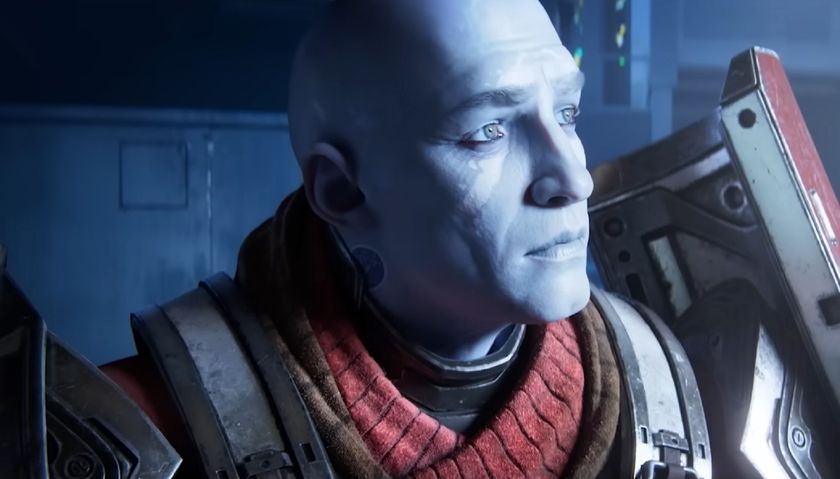
When Destiny 2 "weekly active users dropped lower and faster than we'd seen since 2018," Bungie assembled an A-Team to put out some fires: "We needed to do something"
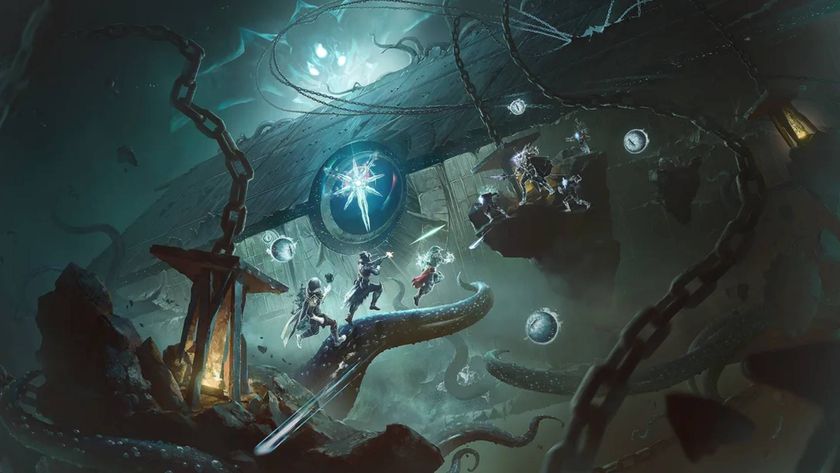
"A fun example of a bug becoming a feature": Destiny 2 accidentally made Exotic Glaives free to all classes, and Bungie says "we're going to let this ride"


